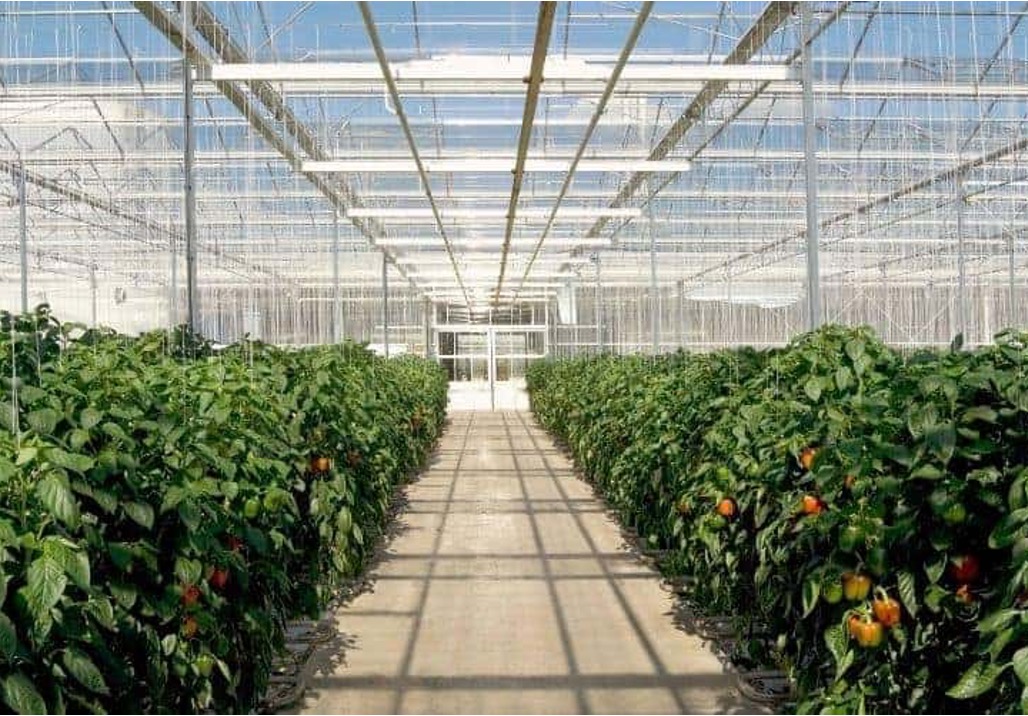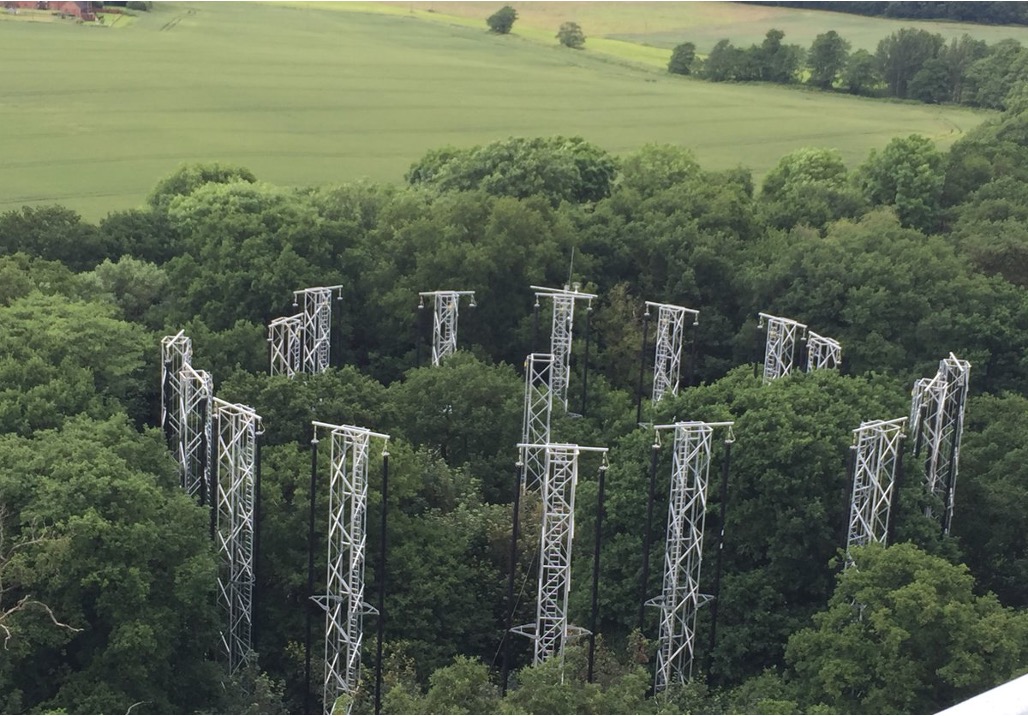

CO2 Experiments
CO2 enrichment is the process of increasing the amount of carbon dioxide to a level higher than what is normally in fresh air
-
Fresh air typically contains approximately 400-450 ppm (parts per million) or 0.04% carbon dioxide by volume
CO2 enrichment experiments are commonly undertaken as a means of predicting future rates of photosynthesis and plant growth in response to human activity
-
Combustion of fossil fuels and tree clearance (deforestation) both increase the concentration of carbon dioxide in the atmosphere
-
Higher levels of carbon dioxide typically increase plant growth and maturation, however excessive concentrations can cause plant damage
There are two main methods for carbon dioxide enrichment
-
Enclosed greenhouse experiments
-
Free air carbon dioxide enrichment (FACE) experiments
Enclosed Greenhouse Experiments
Carbon dioxide levels can be artificially increased in indoor greenhouses by adding CO2 from compressed gas tanks or by adding fermentation buckets that continuously produce CO2
-
Enclosed greenhouses act as a closed system, which allow for the control of a range of extraneous variables (such as temperature and light)
-
However the conditions do not reflect those that occur in the natural environment and only plants that grow in small spaces can be measured
Free Air CO2 Enrichment (FACE)
Free air carbon dioxide enrichment experiments involve the placement of pipes which emit CO2 around an experimental area
-
The concentration of carbon dioxide is monitored by sensors which then adjust the flow of CO2 from the pipes
-
FACE experiments represent open systems which incorporate natural conditions like rainfall and temperature fluctuations
-
FACE experiments can also measure the effects of CO2 enrichment on larger trees and consider the impact of competition between plant species
-
The disadvantage of experimenting on open systems is that certain conditions (such as sunlight) cannot be controlled
CO2 Enrichment Experiments

Enclosed Greenhouse





